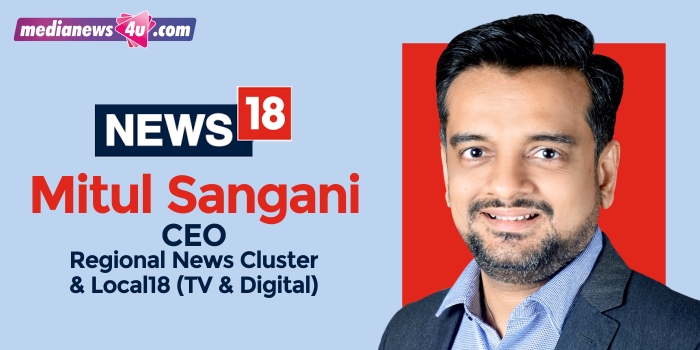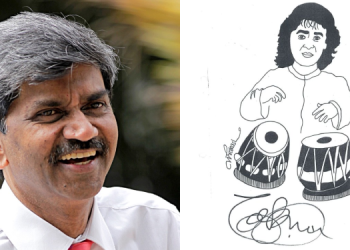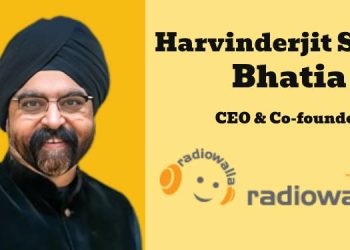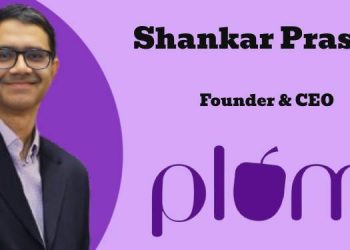Mitul Sangani, CEO – Regional News Cluster, Network18, is busy chalking out plans in his expanded remit since May, covering revenue, ratings, and reputation for all regional television news channels and driving growth for Local18. In this interaction with MediaNews4U, Mitul navigated us through the plans and priorities for the regional language cluster. Edited excerpts:
What are your priorities for the News18 Regional language channels?
Our ranking and market share in Marathi, Kannada and Bengal has improved consistently. In Gujarati we were leaders for the last 20 weeks. Our priority is to push the envelope closer to the leadership across all language markets. We are progressing in the right direction, doing the right things aggressively. We would want to attain leadership and increase our market share in all the markets. All our language channels are on an upward trajectory except for Malayalam where we have some work to do.
We are number three in Marathi. In Bengali we are very close to cracking the number three spot. In Tamil and Kannada we are inching upward in terms of market share. Since the momentum in market share is picking up, we hope the same will translate into change in ranking.
Do you think regional news channels are able to unlock the value fully in terms of ad rates? Do you have any plans for a hike in ad rates?
Yes and no. We managed to get our rates better and the ad rates are in an upward trend. There are many markets where we are commanding good ad rates with volume of spots in full capacity, which is a heartening fact. We managed to hike our ad rates in those markets where we are doing well.
Having said that, there is a reasonable potential for the average ad rates to surge in each of these regional language markets. Because we have not witnessed any drop in consumption of news on television. Secondly, unlike the English news genre, the entire ecosystem is uniquely driven by a mix of retail and corporate advertisers.
Any ad rate hike on cards?
We have hiked our ad rates wherever our market share and ranking improved. After establishing our leadership in the Gujarati market, we have increased our rates recently. The response from advertisers turned out to be positive with increasing ad volumes despite the hike. We will be gradually increasing our rates that will be linked to the performance of respective channels.
Growth-wise, which are the ones that are showing significant results in the recent past?
There are five big languages in terms of growth. Gujarati, where we have been the leaders now in terms of the overall ratings. If you look at ad ex, Tamil, Kannada, Marathi and Bengali are the four big markets. Broadly we are also seeing good growth in these markets.
Any interesting trends that you observe in the language markets related to digital, viewership trends in television vs digital?
We have our own assets where we are doing very well and we are also available across YouTube, JioCinema and FB, We are leaders in digital in many languages and markets. We are also part of the connected ecosystem. But, at least for languages, the trend of cord cutting and people moving to digital is some time away. We don’t see any trend where more users are online than on channels. If we look at the overall market using some data points, approximately 30 pc are still on feature phones, they are not even using a smartphone. Once you use a smartphone and have internet, you consume content on YouTube or any other digital platform. Most of these feature phone users are language consumers. For them to move to digital and consume content is some time away. Right now, most of the telecom operators and handset makers are pushing them to use a smartphone.
You mean to say that digital uptick is yet to kickstart in regional languages markets?
Digital uptick is there, but not at the pace at which it is happening for the English-speaking audience. The adoption is going to take some time where digital will become a major or bigger platform. Right now, TV will grow, that’s how the markets are and that will continue..
What is the content strategy for regional markets, do you adopt the same pattern for all language markets?
Content strategy is very local and it is based on what is being consumed, both on TV and digital. Looking at the trends the content strategy gets evolved. It is broadly based on whatever figures we get in terms of consumption.
Do you have a solution to address the need for hyperlocal content?
In order to reach out to audience in regional language markets digitally, we have unveiled Local 18, which is our hyperlocal foray. Through this we will be able to cover news and other content at the district level through our contributors. Local 18 is getting good traction and we are present in more than 350 districts across India. This digital-first, video-first initiative of News18 is aimed at delivering content in local languages from tier 2 and 3 towns. It was launched 18 months before and now it has reached the critical mass and we are taking it to advertisers too.
The content of Local 18 will not be restricted to news, crime and politics. It will also have content related to culture, food, lifestyle etc. that will be truly hyperlocal in nature. The content from different regions will get distributed in the respective News18 language digital platform. We shortlist our content contributors through a screening process with multiple checks before enrolment.
How was the response from brands in first quarter towards regional news genres?
Since our ratings and viewership is going up on most of the channels in the regional space, we are seeing more interest from advertisers. That’s quite encouraging. We are seeing a positive trend and hopefully with the festive season coming in soon, and the peak of news consumption which is elections and getting into elections, will give a hectic next seven to eight months getting into 2024.

















